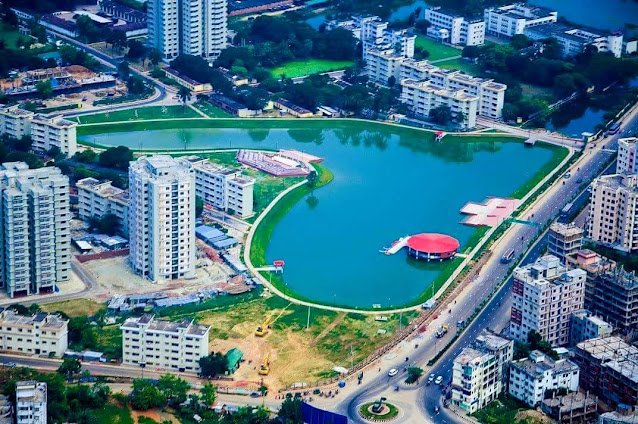Parekh house LOCATION: AHMEDABAD, 1967-68 ELEVATION : 53 m LATITUDE : 23 04N LONGITUDE : 72 38E About the building: Two pyramidal sections from housing types developed for Cablenagar Summer section – to be used during daytime; protects interior from heat Winter section – to be used in early mornings and evenings; opens up the terraces to the sky Since site faces east-west, house consists of 3 bays Summer section sandwiched between winter section and service bay (for circulation, kitchen and toilets) Bearing walls made brick . Climatic conditions: TEMPERATURE: summer: 45 °C – 30 °C winter: 24°C – 5 °C max. in last 18 years: 47 °C min. in last 18 years: 5 °C RAINFALL: avg.: 76 cms max. in last 122 yrs.: 145 cms min. in last 122 yrs.: 13 cms So the temperature shows that the city is hot and humidity shows that its dry. Design concept: Functional Aspects: cubical composition arrangement of spaces as per their time of use. Passive features A void is provided Louvers Level differences Ho...
Architectural Bangladesh Residence, Bangladeshi Residence, Bangladesh Contemporary Architecture, Bangladeshi Residence Design, Bengali Bricks Architecture, Bangladeshi Residence Design, Architectural Works in Bangladesh, Contemporary Architecture in Bangladesh, 3D and Model of Bangladesh Architecture, Architectural Jobs in Bangladesh, Architecture Competition in Bangladesh, Students Works and Studio Design in Bangladesh Architecture, Bangladeshi Landscape Design, Bangladeshi Urban Design



















Comments
Post a Comment
If you have any doubts, Please let me know